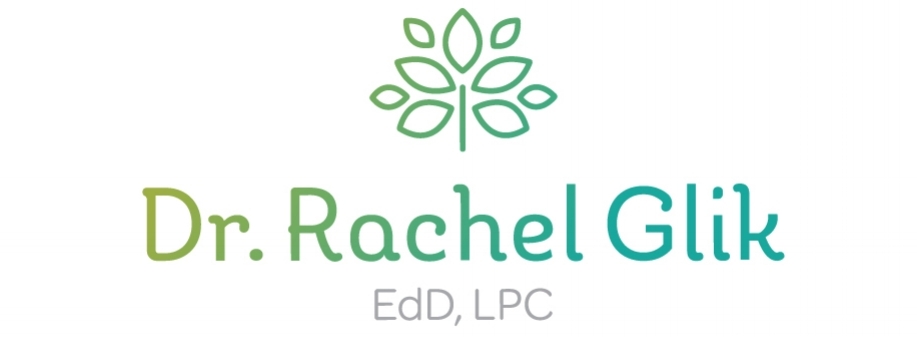Year after year, I share tools for balance and self care as holiday stress and dynamics approach. This year, the need is even greater but the triggers are different, opposite in a way. Rather than the anticipation of overwhelm from being over-scheduled and anxiety about spending time with (certain) family members, what seems to be most distressing, and depressing, is what a recent Bloomberg article described as “a lonely fall and winter, devoid of the rituals and gatherings that give the season its emotional resonance.”
The fall and winter arms of this pandemic have begun to grab hold, creating an added heaviness to an already distressed emotional system. If you’re struggling, please know you are not alone, and the last thing anyone feeling depressed or anxious needs is to spin into a shame spiral. With *World Mental Health Day coming up on October 10th, and as someone who firmly believes that challenging experiences can awaken positive change, I am especially excited to share some thoughts for these upcoming holidays that I hope will soothe and inspire. Here are 3 ideas to consider:
1. CREATE A “GLIMMER” PRACTICE
Glimmers are what Deb Dana describes as the experiences, people, spaces, and often micro moments in our day, that make us feel emotionally safe, warm and connected. “Connected” can mean to self, nature and others, and I would include to something spiritual, larger than ourselves.
Triggers, a widely familiar term, are the opposite and based on cues of danger. As trauma therapist, Andrea Glik, describes, “Glimmers are what bring us back into our window of tolerance and safety (cue of safety).” We often don’t realize the emotional glimmers right under our noses.
I cannot encourage enough the practice of mapping out our glimmers, and cleaving to them.
A glimmer can be awakened from a familiar person, listening to music, sharing kindness, a good belly laugh, yummy food, cuddling an animal, studying spiritual wisdom, moving your body, thinking of blessings, feeling heard, writing a card, zooming with friends, making your bed, baking, stretching, walking in nature, breathing.
Your personal list is what’s most important. This year, we especially need to create personal boundaries for a new normal, a structure for self care habits. Yes, we have less access to in person connections and activities during the pandemic, and it can take more effort, but ultimately by seizing what we do have control over, this is how we create our life and take charge of who we want to be.
2. LET YOURSELF GRIEVE, AND GROW
We need to feel all the feels—especially now, lest we brew up suppression’s nasty poison. Since early March, to some degree or another, we have lived in a state of crisis, loss, distress and trauma. It’s especially challenging when we don't see a clear end in sight. And yet, the key is making sure that we take care of our sadness, our frustration, our fears, any feelings of pain we face, and that we turn these INTO GROWTH!
I was so happy to hear spiritual teacher, Monica Berg, recently speak to thousands of people about the concept of posttraumatic growth. There is a 25 year body of research pointing to the variables that help us emerge stronger, more appreciative, from challenge and suffering. Well summarized in a recent Harvard Business Review article, researchers of trauma have found five elements that tend to facilitate posttraumatic growth (defined as positive personality change and growth following traumatic life events). The 5 elements include:
educating oneself about trauma and its impact on our core belief system and the nervous system
learning to regulate our strong emotions
talking to someone about it
writing our (empowerment) story
service, taking action to benefits others
3. CONSIDER THESE SELF CARE QUESTIONS for the holidays:
Whatever it is that I am facing this fall and winter, what are my favorite glimmers? What do I already know about me that helps me feel grounded, connected, safe and alive?
What time of day do I feel the most vulnerable to sadness or anxiety? (Pay special attention to proactive self care during these times.)
How can I be creative during the holidays to stay connected to people and experiences that feel safe and warm?
How might I make these holidays a chance for personal greatness, growth, kindness and gratitude? Which of the 5 elements above that facilitate growth can I invest in more?
What additional support might I seek if I were to be most self loving and proactive? (Maybe it’s reaching back out to your counselor or finding a new one. How about learning more about turning trauma into growth. Perhaps letting safe friends and family know you are struggling and might need extra care and support.)
How can I take a simple step to share love with or show kindness to someone I know or don’t know? (Helping others can be the best way to help yourself. Maybe set up a zoom party for someone you know who is feeling down and hopeless.)
*For more on tools and strategies for mental health challenges, please see my earlier blog, Overcoming Anxiety Disorders and Depression with suggestions for small steps to be proactive, for your body, mind, heart and spirit. And please please don’t hesitate to reach out for help.


